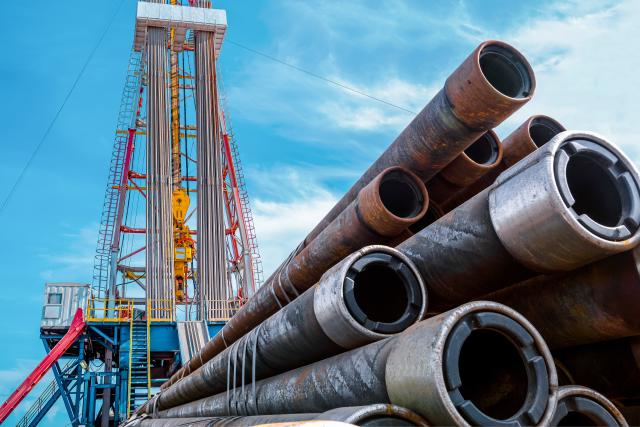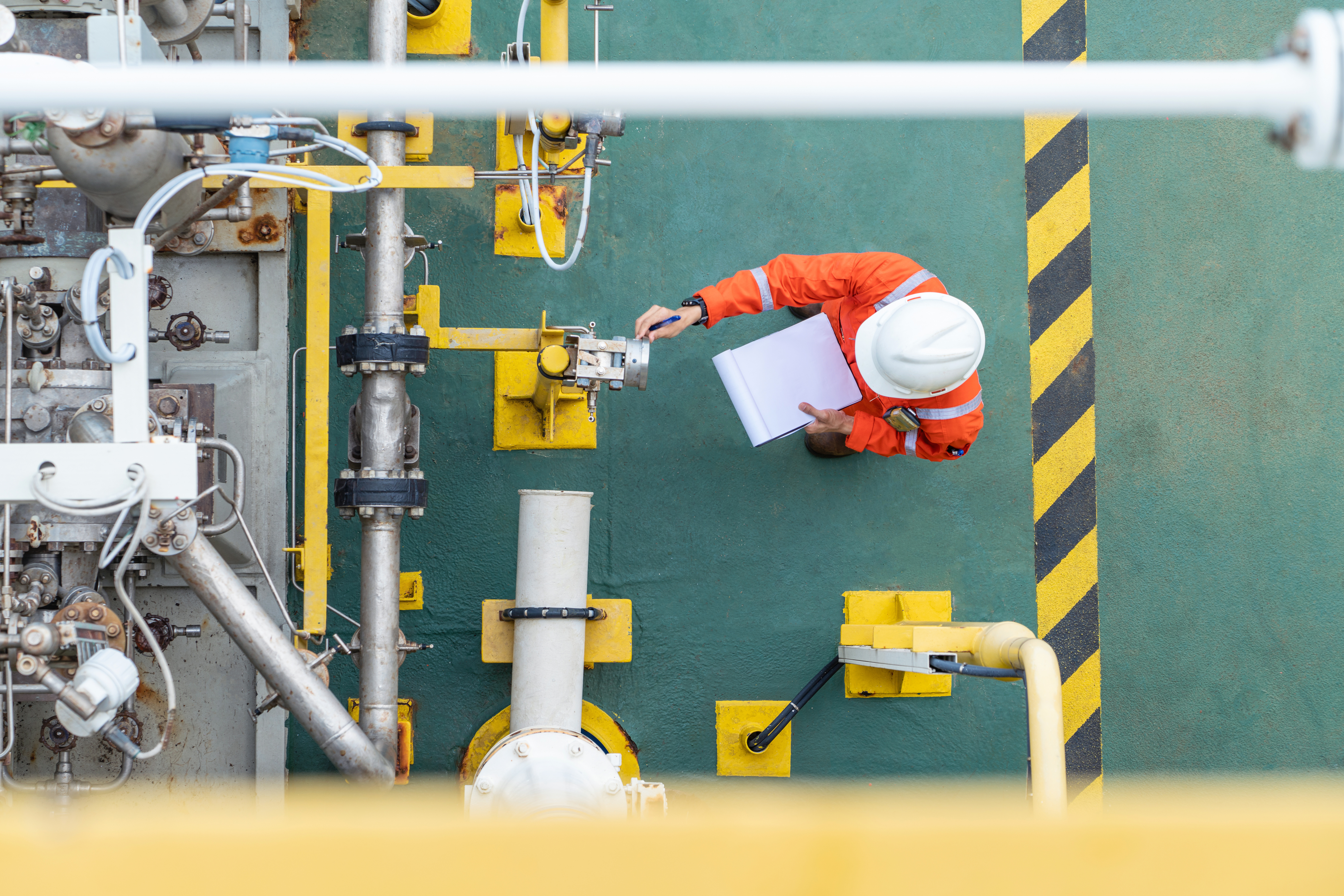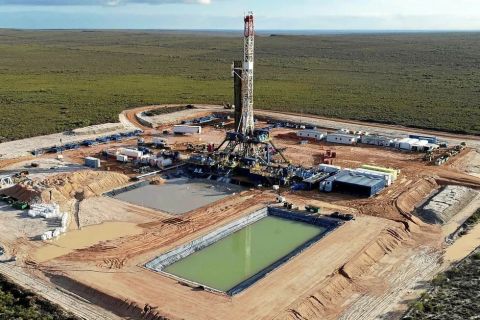
Real-time downhole measurements are often different from those taken at the surface, highlighting the need for drilling parameters to be modified as new data is measured. (Source: Xage Security)
Oil rig operators and contractors need the most up-to-date, accurate data possible to keep operations moving, efficient and profitable. Unfortunately, cybersecurity concerns have restricted real-time interconnectedness and data sharing among the parties operating the rig. These restrictions to real-time data aggregation and analytics continue despite industry research that shows, for instance, how real-time downhole measurements are more accurate than those at the surface, underlining that drilling parameters need to be modified in real time using the most relevant data.
With the increasing deployment of data sensors in exploration, drilling and production operations, oil and gas production has become a massively data-intensive industry, and operators need to ensure that these data are both secure and put to the best and most immediate uses.
With different operators and contractors owning and operating different functions on a rig, intelligent real-time data integration is rare. Instead, it’s far more common for rig data to be siloed, with separate systems responsible for seismology, vibration, pressure, fluid density and temperature. To analyze these data, these systems often send the information back separately to other locations to be processed, missing out on the additional insights that can be gained from combining multiple data streams in real time.
For operators and contractors to save time and money, they must share and process data locally and in real time. Sharing data allows producers to react and make adjustments more quickly and streamline their drilling operations. By sharing data at the edge, operators can head off drilling issues that slow or stop the drilling process, lowering the time to complete a well by an average of two and a half days per drill cycle (compared to the average of 14 days).
Unfortunately, interconnectedness and data processing at the edge also create major concerns around security, safety and trust in data integrity. Recent studies show that Internet of Things technology adoption in oil and gas has outpaced that of cybersecurity, leaving the industry at risk for attacks. As a result, operators and subcontractors often have reservations around sharing data with others, fearing that their data or equipment could be exposed to compromise.
To operate both efficiently and safely, oil operations need a cybersecurity solution that allows secure and granular data sharing among parties while maintaining strict access control.
Case study
The innovation and application of new data recording tools and data formats have made it easier to employ data tools in drilling operations, thus improving data quality and efficiency. But unless data are trusted and secure, producers continue to be reluctant to conduct data assembly and analysis at the rig—and rightfully so—because one hack can compromise all subcontractors’ data.
For one of the largest oil and gas companies in the world, real-time information was critical to analyze seismic and microseismic data to improve reservoir characterization and simulation, reduce drilling time, ensure drilling safety, optimize production pump performance and improve asset management. Its challenges were the operational latency of the data, the difficulty of aggregating data from multiple sources in real time on the rig, avoiding data being siloed by vendor/contractor and ensuring the data's objectivity on the rig and from rig to shore.
The oil and gas company needed a secure and high-integrity method for collecting and sharing data at the rig in real time to improve drilling outcomes. The solution allowed for the aggregation of trusted production data at the rig while blocking any risk of cybersecurity issues spreading from one rig system to another as well as enabling data to be shared safely between the rig and the customer's land-based data centers.
The data on the rigs originate from multiple systems and in the multiple formats that result from various on-rig people/machine interactions. Utilizing techniques such as LWD and MWD, data are created by and shared among contractors on the rig, allowing it to be analyzed in real time. This enabled the company to maintain and utilize LWD, MWD, seismic, reservoir and other data at the rig, increasing efficiency and reducing production downtimes.
One example of data being shared and analyzed in real time is drilling pressure. If sensors detect air pockets, the operators can mitigate this by changing the properties of the fluids being pumped into the well, balancing out the pressure and filling pockets as they’re encountered.
Previously, the systems used to monitor these various pressure states were separate from the systems that change the compounds of the mud. This meant that the seismic pressure systems sent data back to the laboratory, which then suggested how to change the properties of the mud. Because these two systems couldn’t directly communicate, this process would often take far too long, slowing or halting drilling.
Now, using a new data security solution, the operator can securely share data in real time and back and forth, allowing them to evaluate the data and make changes to drilling operations in the moment.

Keeping rigs both safe and profitable
By investing in a secure data-sharing solution, operators are able to both protect their assets in an increasingly risky space for cyber attacks, increase efficiency through real-time sharing and analysis of drilling information, and avoid duplication of on-rig networking infrastructure—allowing them to double-down on both digital transformation and cybersecurity.
For oil and gas companies, investing in a cybersecurity solution that allows controlled and granular exchange of data is key; it allows them to streamline their operations through better and real-time data while simultaneously being confident in the integrity of these data (and thus the integrity of the operation and the safety of those on the rig). In doing so, companies will reap the benefits with better, more efficient operations and more profitable drilling cycles.
Recommended Reading
Brett: Oil M&A Outlook is Strong, Even With Bifurcation in Valuations
2024-04-18 - Valuations across major basins are experiencing a very divergent bifurcation as value rushes back toward high-quality undeveloped properties.
Marketed: BKV Chelsea 214 Well Package in Marcellus Shale
2024-04-18 - BKV Chelsea has retained EnergyNet for the sale of a 214 non-operated well package in Bradford, Lycoming, Sullivan, Susquehanna, Tioga and Wyoming counties, Pennsylvania.
Triangle Energy, JV Set to Drill in North Perth Basin
2024-04-18 - The Booth-1 prospect is planned to be the first well in the joint venture’s —Triangle Energy, Strike Energy and New Zealand Oil and Gas — upcoming drilling campaign.
PGS, TGS Merger Clears Norwegian Authorities, UK Still Reviewing
2024-04-17 - Energy data companies PGS and TGS said their merger has received approval by Norwegian authorities and remains under review by the U.K. Competition Market Authority.
Energy Systems Group, PacificWest Solutions to Merge
2024-04-17 - Energy Systems Group and PacificWest Solutions are expanding their infrastructure and energy services offerings with the merger of the two companies.




